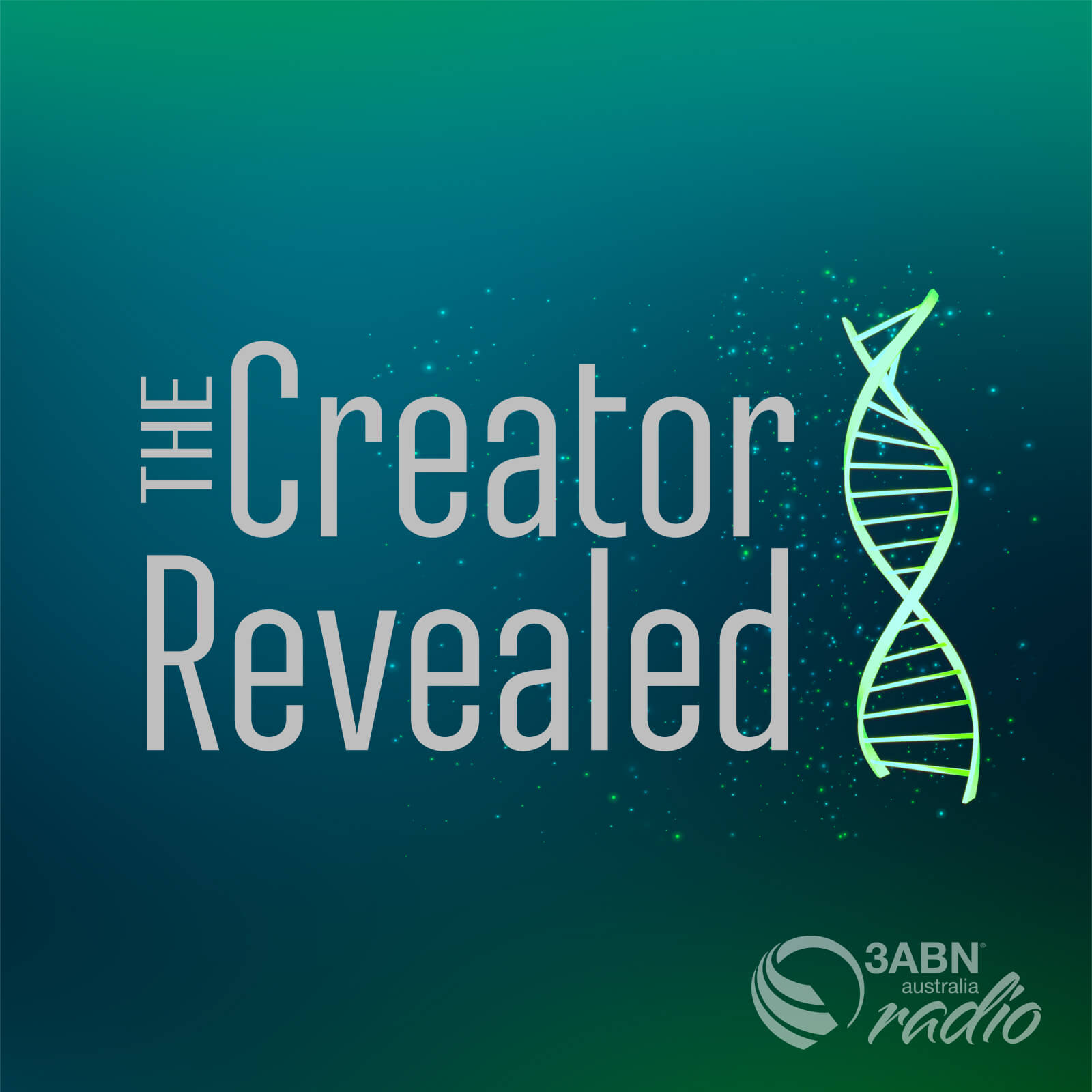Scientists are just beginning to understand the structure and function of minute machines that are essential for life. Inside cells, these submicroscopic motors, generators and other machines operate by the same principles as the machines we are familiar with, only at much higher efficiency and within incredibly tight tolerances. What best accounts for these engineering marvels?

For a Bible-believing Christian, nature is filled with beauty. We know in the depths of our hearts that the tragedy of sin has terribly...

There is a myth that has been repeated over and over again, yet no amount of repetition can make it true. It says that...

DNA is amazing, but what exactly is it? What does it do in every living thing? Why is DNA just the right material for...